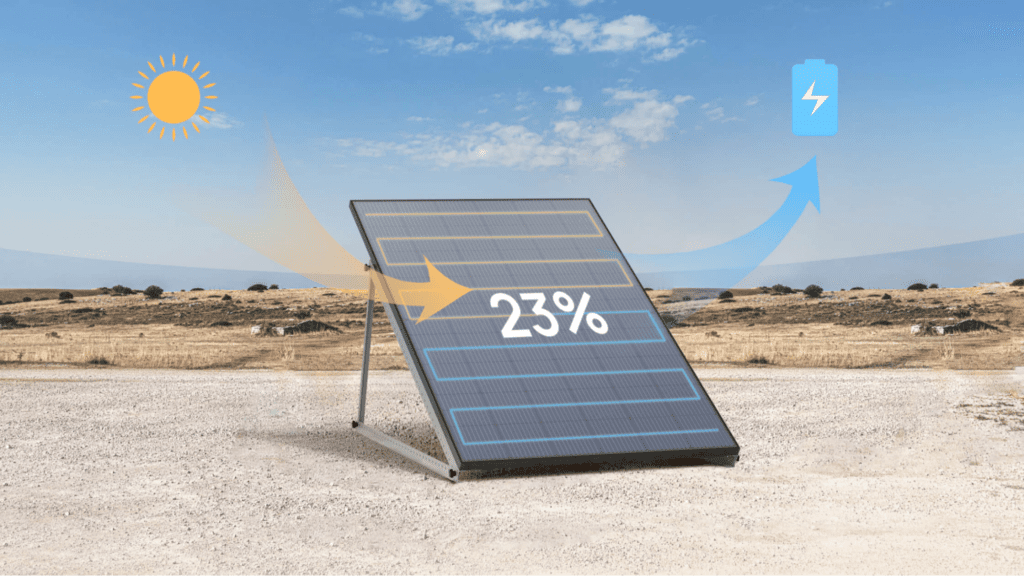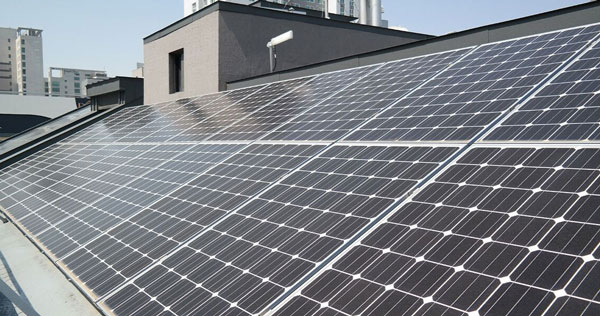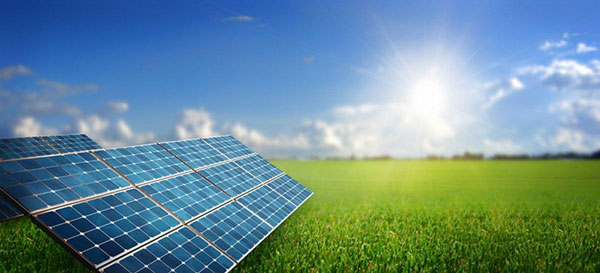Type of Energy Requirement
A lot of people often mix up, or at least, interchange terms photovoltaic and solar panel when it comes to describing a specific technology that generates power from the sun. In this essay, I will provide certain examples and details in order to clarify the meaning and significance of these two devices.
Photovoltaic Systems
Solar PV systems are actual power generating units that convert sunlight into electricity . They consist of a range of additional parts: PV panels , an inverter, battery storage, power management equipment. The most well-known example of the technology is a residential solar installation . In this case, photovoltaic cells, which are in solar panels, generate direct current . It is transformed to alternating current (AC) by an inverter, which makes electricity usable for any appliance in a house. Some statistics have revealed that “a typical home installation probably ranges from 3 kW to 7 kW”. It allows cutting electricity bills and becoming less dependent on the grid.
Solar Panel
It should be mentioned that the term “solar panel” refers not to every element of a PV installation but the object that actually consists of hundreds of cells. Those industrial cells are made of silicon, a semiconductor material. When the sun hits them, electrons start moving, which means the creation of electric current . For example, solar panels can be used while camping: they are light, require no time to set up, and become a local power grid for every device that needs to be recharged 100 miles away from the nearest charging point.
Application Differences
Of course, there is a great deal of difference in the applications of these two devices. Evidently, for a solar farm to transform and make huge amounts of power, photovoltaic installations are to be used on a vast scale: thousands of solar panels are spread in order to become large solar farms that will generate electricity. This power will be transmitted to a national grid. In contrast, a single solar panel, or perhaps, more than one, extremely rarely is placed in our phones or digital alarm clocks running on solar energy. At the same time, a system that utilizes a photovoltaic panel probably incorporates panels with a higher efficiency percentage for better options. For instance, some sophisticated photovoltaic systems use monocrystalline silicon panels that are 22% efficient . The majority of our consumer products use solar panels with other, lower efficiency rates.
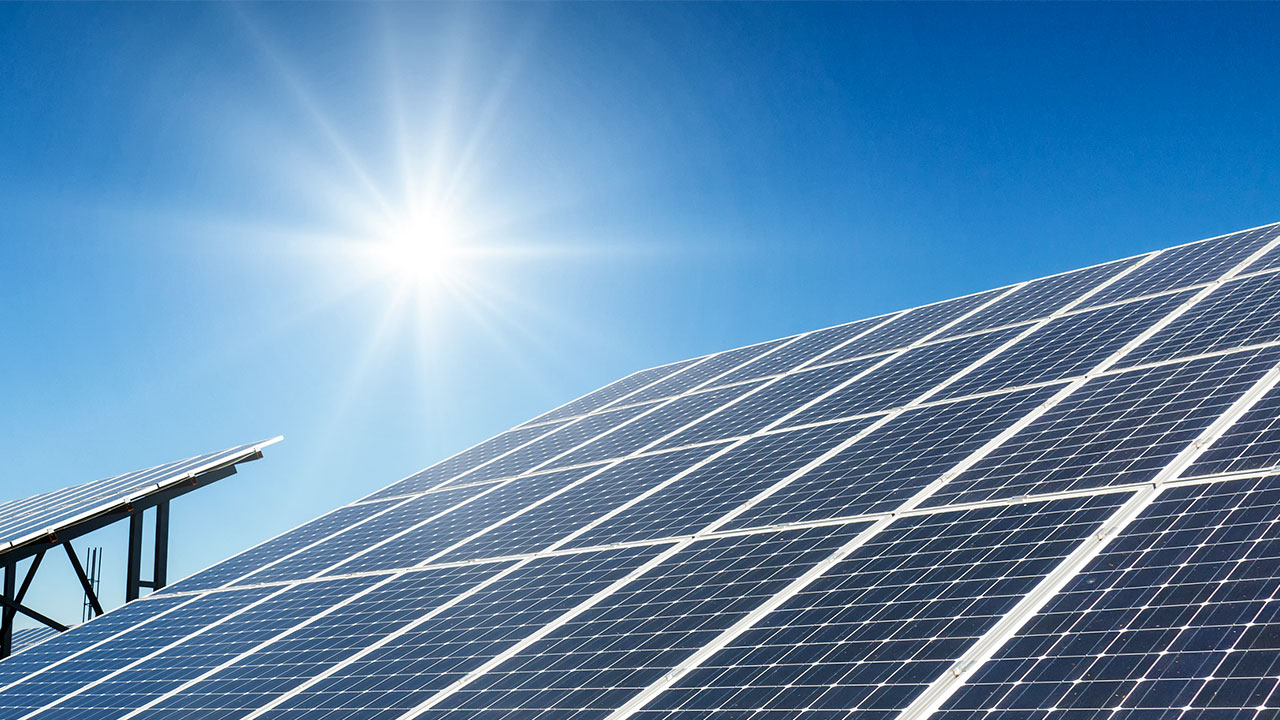
Installation Costs
The costs of installing photovoltaic systems versus separate solar panels, in fact, differ significantly due to the nature and volume of these installations. Knowing these costs is crucial for anyone evaluating solar energy solutions.
Costs Associated with Photovoltaic Systems
Photovoltaic systems necessitate a much more extensive setup. Apart from the solar panels, the entire system includes invertors, battery storage, mounting systems, and sometimes a separate monitoring system to ensure optimal operations. For a typical photovoltaic system, the cost of installation ranges between $15,000 and $25,000. This amount covers all aspects of running a high-quality solar panel – procuring it, purchasing the invertors that will turn direct current into alternating current , professional installation and connection to the power grid, plus their fully operation. This cost depends on the system’s capacity, the quality of components used, and the prevalence of solar energy use in that specific location. Finally, tax breaks and rebates can decrease the net cost of running a photovoltaic system by an additional 30% .
Costs Related to Installing Solar Panels
At the same time, running solar panels on a much smaller scale is much more affordable. For a solar water heater, the cost of running solar panels typically ranges between $2,000 and 5,000. This difference in the cost of running solar panels is related to the smaller scale of the operation, the lesser number of solar panels and accessories needed, and the labor employed. The solar panels that are used for credit card payment meters also cost between $2,000 and $5,000, which is still significantly less than the systems employed in photovoltaic systems. Finally, the least expensive options available are the portable solar panels that people use for recreational purposes, such as when camping or running RVs. Such panels typically cost between $200 and $800.
Costs Related to Labor and Additional Factors
Labor costs are another significant aspect of any investment in solar technology. In case of a photovoltaic system, professional installation makes up 10% of the total costs, which is vital for securing the systems to rooftops, making all the right connections with the electrical systems, and ensuring that everything works according to the code. As for the systems, they can frequently be installed by do it yourselfers, or in the case of recreation, these are such simple installations that the labor cost is as low as $0.
Efficiency on Cloudy Days
One of the most significant concerns that potential users across the globe have about photovoltaic systems and solar panels is their efficiency on cloudy days. Cloudy weather can inevitably impact the efficiency of these technologies, and in some cases, it may even have maximal influence on a user’s decision to switch to the solar power system. The acquisition of solar technologies in areas with less sunny weather conditions may be slower, as its benefits are far less prominent during these periods. The purpose of this essay is to determine the efficiency of both photovoltaic systems and solar panels on cloudy days.
Efficiency of Photovoltaic Systems
Photovoltaic systems are created with consideration for the sunlight availability , and their efficiency naturally decreases on cloudy days. Before, a photovoltaic system included the panel and an inverter that transformed the direct current that the panel produced into an alternating one. Modern systems often include a supportive infrastructure that allows maximal energy production even on the cloudiest day. Namely, the microinverter ensures that each solar panel operates independently of the others . It can guarantee that even though one part of a roof may be in a shade or covered with a cloud, there are more than enough panels to produce maximal energy. Furthermore, silicon cells that modern solar panels include in their structure have received numerous upgrades, and now they can transform a broader spectrum of sunlight. Apart from direct sunlight, these cells can produce energy from the diffused solar energy that is still present in large amounts even during overcast conditions. As a result, the estimated efficiency of a photovoltaic system on a heavy-cloud day will be around 10%-25% .
Efficiency of Solar Panels
Solar panels do not include the same levels of in-built efficiency-promoting infrastructure as full systems and will thus have a significantly more meager efficiency level on cloudy days. The difference between the two derives from the existence of advanced technologies that can sustain the optimal performance of a complete system but not a separate panel. One such example were already mentioned microinverters that ensured that a group of panels produced energy even if some of them did not due to shade or cloud cover . Specifically, a regular solar panel may have around 5%-15% efficiency on heavy-cloud days.
Long-term Sustainability
Photovoltaic systems’ long-term sustainability in comparison to standalone solar panels refers not only to the technological durability and lifespan of PV and solar panels but also to the units’ environmental impact and scalability of their use in the spectrum of sustainable energy. From a technological point of view, the high resistance of photovoltaic systems to various environmental conditions proves their sustainability in the increasingly diverse histories of use.
The durability and lifespan of PV systems
Photovoltaic systems are extremely long-lived and are specifically built for longevity and virtually maintenance-free operation. For example, a standard residential or commercial photovoltaic system is meant to be operable for at least 25 to 30 years. Photovoltaic systems are durable technologies with high-quality solar panels, which can withstand a variety of weather events, from heavy snow to high winds . Furthermore, most producers often provide a 25-year warranty, which guarantees that the panels will be able to produce a certain amount of their initial output. Indeed, available statistics indicate that 99% of photovoltaic panels do not exceed the decline from their original 80% efficiency at the end of their average operational life .
The environmental impact of solar panels
The use of solar panels undoubtedly has a significant critical impact on the overall carbon emissions per energy system and therefore climate change. Solar panels dramatically reduce the carbon footprint of energy systems, which is arguably one of the reasons reducing their use is being considered . The number of tons of CO2, solar panels minimize over their lifespan, equals the mitigating capacity of planting hundreds of trees . In fact, one solar panel has the potential to offset 100 lbs of coal being burned once a month . The manufacturing processes of panels are reducing their use of hazardous materials and pollutants in concert with the growing importance of PV systems .
Scalability and adaptation
The adaptability of photovoltaic systems is also one of the most important reasons why the technology is one of the most sustainable for the growing demands for use. The use of older technologies in the PV of certain energy technologies, such as older solar panels, is increasingly retrofitted or replaced, and these solar panels are easily replaceable with new technologies, just as the use of panels for new user groups or energy needs is spreading. For example, utility-scale solar farms across the world’s semi-arid zones are more efficient than others, with thousands of PV panels, and have become massive energy generators, converting sunlight permanently into electricity.
Government Subsidies and Support
The global governmental support both of photovoltaic systems and solar panels through different subsidies and incentives is targeted at reducing the initial barriers of cost and inaccessibility of solar energy. We can observe several forms in which this support is delivered to potential users of photovoltaic systems.
Federal and State Subsidies for Photovoltaic Systems
One of such subsidies in the United States is the federal tax credit implying a 26% reduction in the total cost of a solar system, subtracted from the federal taxes Solar Investment Tax Credit . It means that owners of solar systems can get a substantial financial bonus that makes installation and launching of a photovoltaic system less costly. This form of federal support decreases the price of starting the photovoltaic system, allows users to begin coving the costs of the system with the reduction in energy bills, and effectively decreases the period necessary for the return on investments. Meanwhile, the states extend these benefits with additional rebates and incentives for installation of solar systems.
Purchase and Installation of Solar Panels
Moreover, the support of governmental administrations is not limited to substantial solar systems – the governments provide financial incentives for the installation of solar panels even for the purchase of individual modules to power particular appliances or parts of a household. The support for the purchase and installation of solar panel systems might be offered in the n form of rebates for the price difference caused by the purchase of equipment for conversion to solar energy. In addition, state- and city-owned local governments might provide grants for energy system installations. For insatnce, the local government might subsidize the purchase and installation of solar panels by as much as 30%.
Subsidies and Loans for Solar Energy Projects
In addition to credits and rebates, governments provide grants and low-interest loans for solar energy projects of all scales. Such grants and loans are especially valued by initiatives and NGO’s part of a community interested in energy independence and limited by budget constraints. Some regions of the world have developed low-interest solar energy loans intended to make the use of the technology more widespread by reducing the alarming and unattainable interest rates.
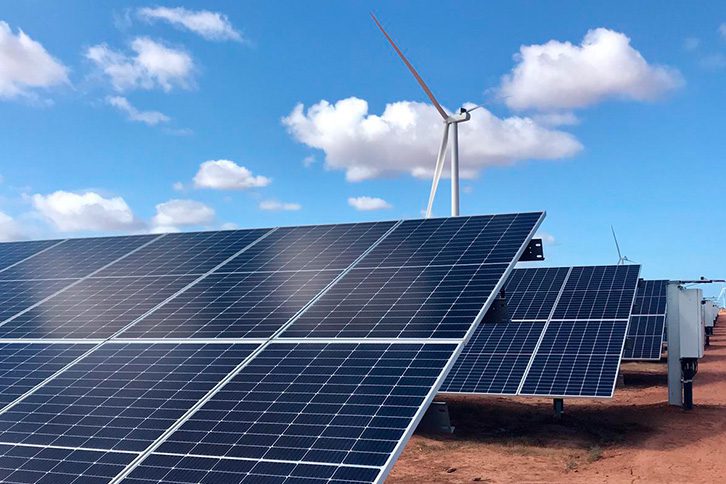
Maintenance Needs
For assess the long-term performance and viability of both photovoltaic systems and standalone solar panels, it is important to know the kind of maintenance each of the systems needs. For instance, a photovoltaic system requires more regular maintenance, and the condition of its components is a prerequisite for efficiency and the length of life expectancy. Brighte lists two types of systems that can be used as the examples, and the essay defines the maintenance. The common knowledge and the obtained information about the two systems were used to highlight the relevant points.
Photovoltaic System Maintenance
A photovoltaic system is composed of the following components: the solar panels, the inverter, and the batteries; it might also come with the ‘solar trackers’ . Annual maintenance is a must. The inspection should evaluate the condition of every part which includes the check for any damage or deterioration. The solar panels should be timely cleaned off the dirt and dust. Due to weather and time the panels tend to accumulate debris which gradually blocks the access of sunlight . Another important point is the regular check of inverter condition . It should be replaced as soon as it gets two-thirds of its life expectancy; in textbooks, one can read that life cycles of inverters last between 10 and 15 years, and the brand new one can function properly for 25 to 30 years .
The owner is supposed to check the data output provided by the management software. Thus, it is extremely important to learn the normal values and compare the new data output with themregularly. The panel can accumulate dust at different speeds; they can also deteriorate due to the invasion of different organisms.
Standalone Solar Panels Maintenance
It requires much less maintenance. The reason is that it is quite a simplified version and includes a smaller number of components. The only thing that has to be done is to keep the components clean: occasionally rinse off the dirt and the dust. The use of snow removal unless the located close to the sun: otherwise, you will have to wait until it is melted. Remarkably, if the panels get exceedingly dirty, they might become even more inefficient. Standalone solar panels sometimes are installed and used for recreational purposes so that the owner may want to check if everything is set for normal functioning.

